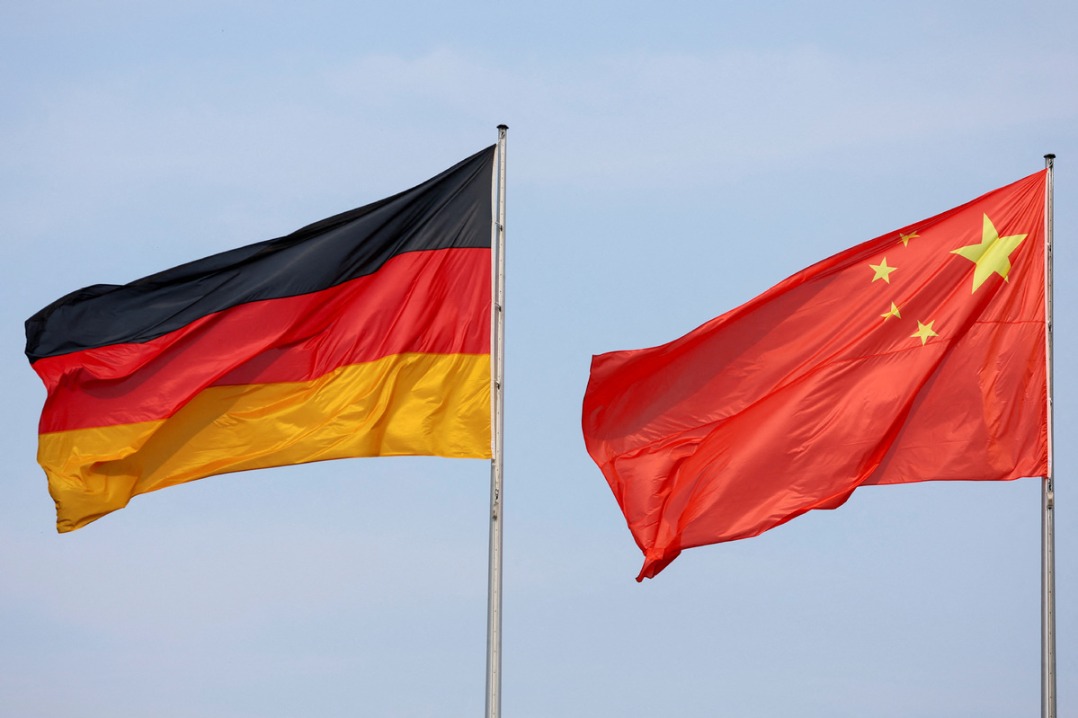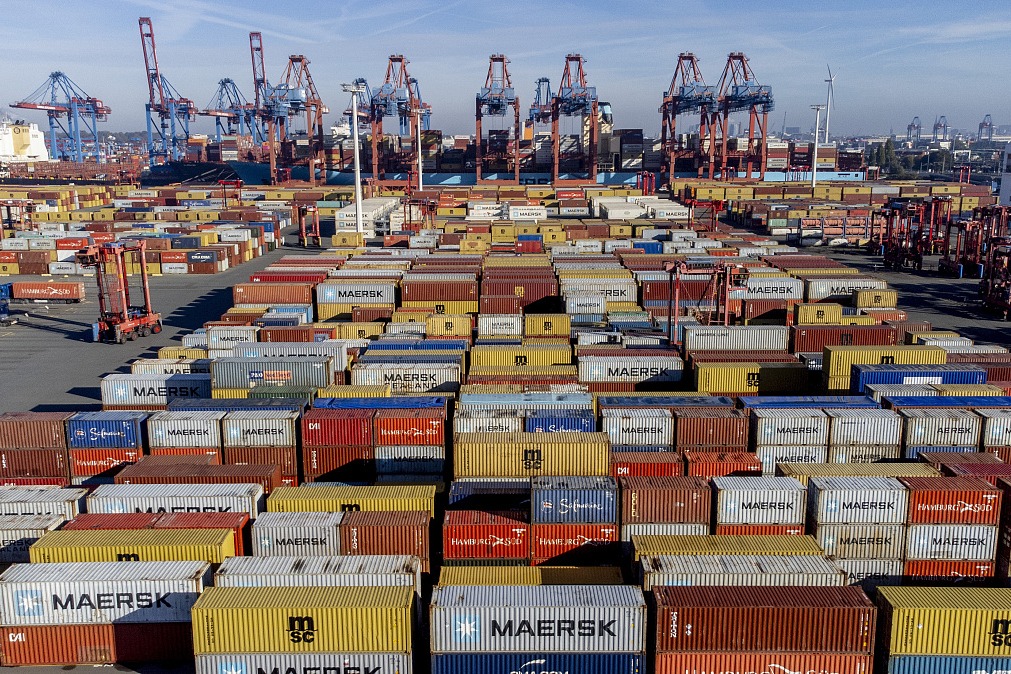A blessed land of tourist resources


Located in the northwest of Hunan Province, China, Zhangjiajie, an emerging tourist city, was established in 1988 because of its abundant tourism resources. The city boasts six "glittering cards": the world natural heritage, one of the world's first geoparks, "Zhangjiajie Landform", China's first National Forest Park, the national 5A scenic spot, and the national civilized scenic spot.
Zhangjiajie is rich in tourism resources. Zhangjiajie has a land area of 9,533 square kilometers, where there are numerous fantastic mountain peaks and beautiful waters. Its abundant tourist resources include forests and canyons, karst caves and hot springs, lakes and streams, primitive forests, famous scenic spots and historical sites, and etc.
There are more than 300 scenic spots in Zhangjiajie, including two 5A scenic spots (Zhangjiajie National Forest Park and Tianmen Mountain National Forest Park), and nine 4A scenic spots (Grand Canyon, Huanglong Cave, Baofeng Lake, Helong Memorial Hall, Tujia Style Garden, Jiangya Hot Spring, Wanfu Hot Spring, Xibu Ancient Street and Longwang Cave).
There are also the world's unique quartz sandstone peak forest landforms, Tianmen Mountain, the world's longest and tallest glass bridge Zhangjiajie Grand Canyon Glass Bridge, the world's best karst cave Huanglong Cave, the celestial Baofeng Lake, Maoyan River, Asia's largest cave Jiutian Cave. These are the nature's best gifts, depicting a magnificent landscape painting.
Zhangjiajie is a gene bank of animals and plants. Zhangjiajie is an important ecological barrier area in the Yangtze River Basin. Its forest coverage rate is 71% with four national forest parks and two natural reserves.
Badagong Mountain Natural Reserve is known as "Natural Museum" and " Gene Bank of Species ". It is the largest national natural reserve in the south of the Yangtze River in China and the United Nations' "Human and Biosphere" observatory. It is a key area of terrestrial biodiversity with international significance by owning 40 national protected animal species and 56 plant species. The species of animals and plants are 1.5 times that of Europe.
Zhangjiajie is an ethnically diverse city. For thousands of years, 33 ethnic groups, such as Tujia, Bai, Miao and Han, have lived and thrived on this land, creating a splendid and unique culture. There are rich folk customs, unique ethnic costumes and diet, like a collection of history and humanity, complementing with the beautiful natural scenery of Zhangjiajie.
There are 818 items in 10 categories of intangible cultural heritages above the municipal level, and the Lantern Festival, Sangzhi Folk Song, Tianmen Fox Fairy and Charming Xiangxi are the most representative cultural and audiovisual feasts.
Zhangjiajie is a challenging place for extreme sports. It is the host venue of World Wingsuit Flying Tournament and has the highest bungee jumping platform. Zhangjiajie has held various extreme challenges including Russian air force third units flying through Tianmen Cave, the protégé of Dawazi walking on the steel wire in high altitude, and French "Spider-man" Robert barehanded climbing Tianmen Mountain. All these challenges have left thrilling and exciting moments for the world. Many extreme challengers all over the world voluntarily came to Zhangjiajie, hoping to leave their own legend behind.
Climate
Located in the middle latitude area in the North hemisphere and subtropical humid monsoon climate zone, Zhangjiajie enjoys abundant sunshine and rainfall, with a long frost-free period, short hot period and four distinctive seasons.
The average annual sunshine time is 1,440 hours, the average temperature is 16℃ and the annual amount of precipitation is about 1,400 mm. The average temperature here is 5.1℃ in January and 28℃ in July. While August boasts the highest temperature of 37.2℃ and the average temperature in coldest days appears to be 4.3℃ (January is the coldest month with temperatures from 0℃ to 4.5℃).
The urban area of Zhangjiajie city is 183 meters above the sea level and the average altitude in scenic areas is 1,000 meters. Thus the temperature difference can be as high as 10℃.
It is neither too hot in summer nor too cold in winter in Zhangjiajie. The golden time to travel here is April and October during which Zhangjiajie is blessed with the most beautiful natural scenery.
July often sees showers when the mountain road is slippery and fog will rise in the mountains. Visitors should take care of themselves if they want to climb. But the best time to enjoy the scenery is one to two hours after raining. It is just like a fairyland which is surrounded by fog. People in such places will feel like walking in the clouds and mist. Suddenly, the sunshine penetrates through the heavy clouds, casting golden light to the mountains which are partly hidden and partly visible in the clouds and mist.
It will snow sometimes in Zhangjiajie but the mountains remain open to visitors. What’s more, it is cold on mountains because of the high altitude. Tourists are advised to put on more clothes to keep warm. Zhangjiajie covered in snow is another attraction to tourists.
Every year, Zhangjiajie will receive more tourists in the Spring Festival, summer vacation and National Day holiday. It is suggested that visitors avoid going to Zhangjiajie in busy seasons because prices on eating, accommodation and traffic will be much higher.
MOST POPULAR
- 1 Things to know about China Intl Consumer Products Expo 2024
- 2 China tops FDI confidence index of emerging markets
- 3 China specifies steps to improve payment services in tourist attractions
- 4 Low-altitude economy set to take off
- 5 China's immigration service platform receives over 10m calls from home, abroad
Editors' Picks
 Infographic:
A look at China's economy in Q1 of 2024
Infographic:
A look at China's economy in Q1 of 2024
 Infographic:
China to remove foreign ownership restrictions in value-added telecom services in pilot areas
Infographic:
China to remove foreign ownership restrictions in value-added telecom services in pilot areas
 Infographic:
2023 Sino-German investment and trade in numbers
Infographic:
2023 Sino-German investment and trade in numbers
 Infographic:
China-Germany relations in graphic
Infographic:
China-Germany relations in graphic



